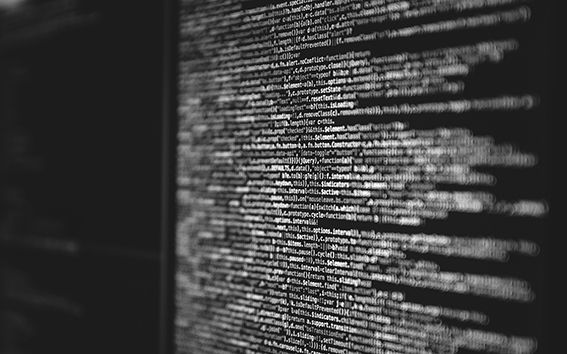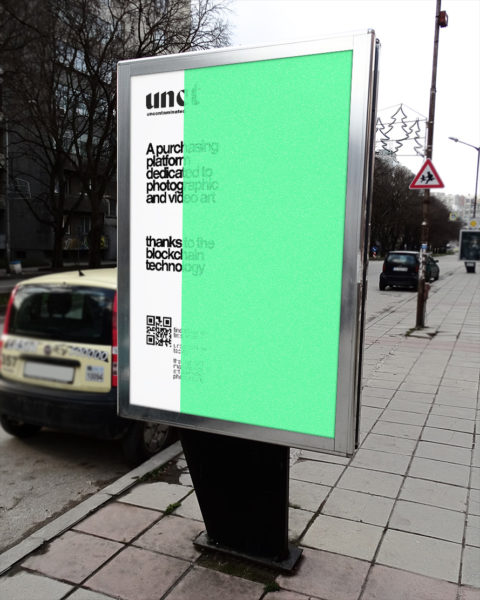At the moment there’s a lot of talk about Blockchain technology. We are in a historical and transitory period in which this innovation is attracting a lot of attention. However, it is easy to remain quite stuck in a generalized confusion, between Cryptocurrencies, Bitcoin, Blockchain Platforms, Smart Contracts, NFTs, and so on.
So let’s try and break it down. First of all, what is this technology for?
The Blockchain (literally “chain of blocks”) exploits the characteristics of a computer network of nodes and allows to manage and update, in a univocal and secure way, a register containing data and information (for example transactions) in an open, shared, and distributed way without the need for central control and verification entity.
“A blockchain is a growing list of records, called blocks,
that are linked together using cryptography.”

Blockchain applications, which are expected to be relevant in numerous sectors, are often characterized by the need for disintermediation and decentralization. This innovation allows, potentially, to do without banks, notaries, financial institutions, and so on.
Blockchain technologies are included in the broader family of Distributed Ledger technologies, i.e. systems that are based on a distributed ledger, which can be read and modified by cryptographic hashes of a previous block, a timestamp, and transaction data all included within the network. To validate the changes made to the register, in the absence of a central body, the blocks must reach a consensus. How consensus is reached and the structure of the register are some of the characteristics that characterize the various Distributed Ledger technologies.
Blockchain is therefore a sub-family of technologies, or as it is often specified, a set of technologies, in which the ledger is structured as a chain of blocks containing transactions and certificates of authenticity which are distributed over all the blocks of the network. All nodes can participate in the validation process of transactions to be included in the ledger.
“The blockchain is considered a type of payment rail”.
From the definition of Blockchain, we can start to explore the most interesting aspects related to this technology. The digital revolution of the Blockchain, which stemmed from the Bitcoin and cryptocurrency world, is only at its beginning. The applications are many, the potential is enormous, much of it still to be explored and exploited and not only in the financial field but spanning across many areas and expanding rapidly.
The history of cryptocurrency, specifically Bitcoin, marked and stimulated the evolution of Blockchain technologies, between experiments, perplexities, and an unprecedented media hype.
Today, from Bitcoin to Ethereum, from Iota to Nano, from Zcash to Monero, EOS, and others, there are over 1,000 platforms and new ones are emerging every day to facilitate these transactions. Each is characterized by different configurations, however, it is possible to identify common characteristics of the Blockchain technology:
1. DIGITALIZATION
digitization and transformation of data into digital format.
2. DECENTRALIZATION
Information is recorded by distributing it among multiple nodes to ensure IT security and system resilience.
3. TRACEABILITY OF TRANSFERS
Each element on the register is traceable in its entirety and can be traced back to the exact origin
4. DISINTERMEDIATION
The platforms allow transactions to be managed without intermediaries, i.e. without the presence of trusted central entities
5. TRANSPARENCY AND VERIFIABILITY
The content of the register is transparent and visible to all and is easily accessible and verifiable
6. IMMUTABILITY OF THE REGISTER
Once written on the registry, the data cannot be changed without the consent of the network
7. PROGRAMMABILITY OF TRANSFERS
Ability to program certain actions that are performed when certain conditions occur.
The galaxies of the Blockchain: the Universe of the Internet of Value Blockchain technology is part of a complex and constantly evolving universe that can be defined as the “Internet of Value”, literally “Internet of Value”, or rather those systems that make it possible to exchange value on the Internet with the same simplicity with which today’s information is created and exchanged.
In conclusion, though this is a relatively new system, it is here to stay and its benefits for making future transactions, payments, and exchanges of digital and non-digital items of value more accessible and secure are certainly worth considering.





